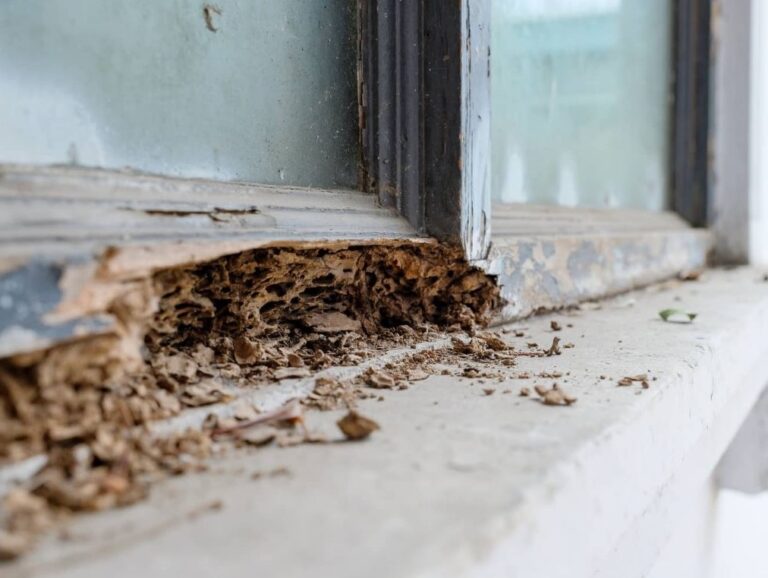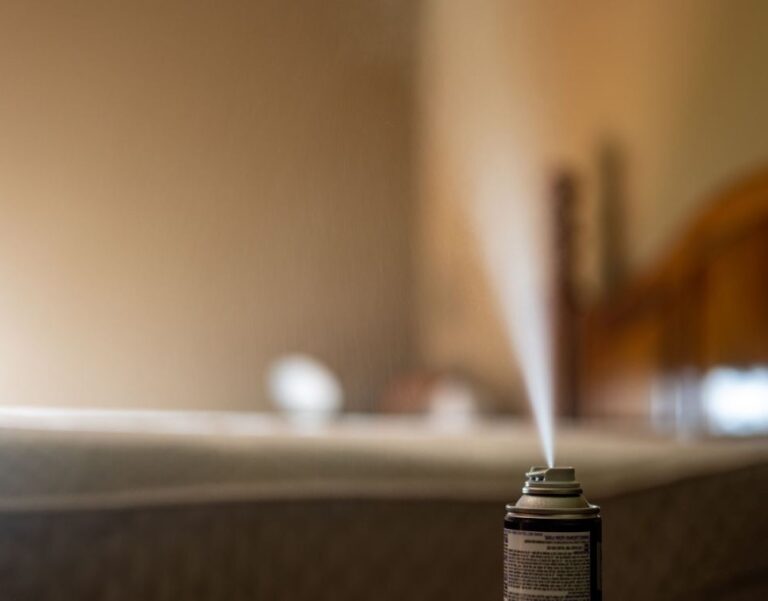Do Automatic Foundation Vents Really Work? A Comprehensive Analysis
Introduction
A well-ventilated crawl space is crucial for maintaining a healthy home environment. Excess moisture can lead to mold growth, wood rot, and even structural damage over time. Traditional foundation vents require manual adjustment—opening them in the summer to allow airflow and closing them in the winter to retain warmth. But what if there was a way to automate this process?
Enter automatic foundation vents—devices designed to open and close based on temperature changes, eliminating the need for homeowner intervention. But do they really work as advertised? In this article, we’ll examine how these vents function, their benefits and drawbacks, and whether they’re a worthwhile investment for your home.
How Do Automatic Foundation Vents Work?
Automatic foundation vents operate using a thermal actuator, typically filled with a wax or liquid that expands and contracts with temperature fluctuations. Here’s how they function:
- In Warm Weather (Above ~70°F / 21°C): The actuator expands, pushing the vent open to allow airflow and reduce humidity.
- In Cold Weather (Below ~40°F / 4°C): The actuator contracts, closing the vent to prevent cold drafts and retain heat.
This mechanism aims to optimize crawl space ventilation year-round without manual adjustments.
The Pros of Automatic Foundation Vents
1. Convenience & Hands-Free Operation
No more remembering to open or close vents seasonally—automatic vents adjust themselves, saving time and effort.
2. Improved Moisture Control
By opening when humidity is high, these vents help prevent mold, mildew, and wood rot, which thrive in damp conditions.
3. Energy Efficiency
Closing in winter reduces cold air infiltration, potentially lowering heating costs.
4. Pest Deterrence
Some models come with built-in screens, keeping rodents and insects out while allowing airflow.
Potential Drawbacks & Limitations
1. Delayed Response Time
Since they rely on temperature, vents may not react instantly to sudden weather changes, potentially leaving the crawl space vulnerable to moisture buildup or cold drafts.
2. Not a Standalone Solution
In extremely humid climates, automatic vents alone may not suffice—additional measures like vapor barriers or dehumidifiers might be necessary.
3. Durability Concerns
Cheaper models may wear out over time, requiring replacement. High-quality vents with stainless steel components tend to last longer.
4. Limited Customization
Manual vents allow precise control, whereas automatic vents operate on preset temperature thresholds, which may not suit every climate.
Do They Really Work? Expert Opinions & Studies
Research from the U.S. Department of Energy suggests that proper crawl space ventilation is essential, but the effectiveness of automatic vents depends on:
- Climate: They work best in moderate climates with distinct seasonal changes.
- Installation Quality: Vents must be properly sealed when closed to prevent air leaks.
- Supplemental Moisture Control: In high-humidity areas, pairing them with a vapor barrier enhances performance.
A study by the Building Science Corporation found that while automatic vents help, they should be part of a broader moisture management strategy rather than the sole solution.
Are Automatic Foundation Vents Worth It?
Best For:
✔ Homeowners in temperate climates
✔ Those seeking low-maintenance solutions
✔ Houses with seasonal humidity fluctuations
Not Ideal For:
✖ Extremely humid or rainy regions (may need additional dehumidification)
✖ Homes in consistently cold climates (venting may rarely open)
Final Verdict: A Helpful Tool, But Not a Miracle Fix
Automatic foundation vents do work—but their effectiveness depends on your home’s specific conditions. They offer convenience and improve moisture control, but they’re not a cure-all. For optimal results, combine them with other moisture mitigation strategies like encapsulation or a dehumidifier.
If you’re tired of manually adjusting vents and live in an area with moderate seasonal changes, automatic foundation vents could be a smart upgrade. However, if you’re in an extreme climate, consult a professional to determine the best crawl space solution for your home.







